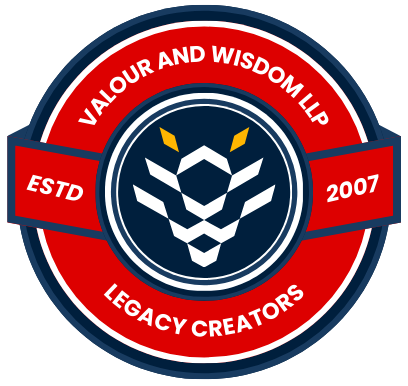AUTOCAD TRAINING IN VALOUR AND WISDOM
Autocad is the industry-leading computer-aided design (cad) software for 2d and 3d design, which is now available for mobile and cloud-based applications. Autocad is used in almost all industries by architects, engineers, interior designers to create 3d designs, collaborate and share the layouts with others, making blueprints for transiting your projects from the concept to construction.
Valour and Wisdom designing team offers industry-oriented autocad training that helps in boosting your computer assisted drafting skills. Fresher as well as experienced professionals can learn this training to get expertise in computer-aided-designs. Our training course will incorporate the latest features, commands and techniques in producing innovative drawing using autocad.
SESSION 1
- Feautures of Cad
- Advantages of Cad
- Creatting Simple Drawings
SESSION 2
- New
- Open
- Save
- Save As
- Quit
SESSION 3
- Line Types
- Absolute Method
- Relative Coordinate Method
- Relative Polar Method
- Exercise
SESSION 4
- Circle Introduction
- Ways to Draw an Circle
- Center Radius
- Center Diameter
- Tan Radius
- Arc Introduction
- Arc Methods
SESSION 5
- Rectangle Overview
- Rectangle
- Chamfer
- Fillet
- Uses of Fillet
- Uses of Chamfer
- Difference between Chamfer & Fillet
SESSION 6
- Editing Commands
- Moving the Objects
- Copying the Objects
- Rotating the Objects
- Trim Commands
SESSION 7
- Oops Command Overview
- Array
- Rectangular Array
- Polar Array
- Hatch
- Hatchedit
- Fill
- Donut
SESSION 8
- Blocks Introduction
- Inserting a Block
- Wblock
- Adc [Autocad Design Center]
SESSION 9
- Usage of Scale Command
- How to use scale command
- Inserting an object using Scale Command
- Reducing size of object using Scale Command
- Pan
- Zoom
- Line Type
- Line Weight
SESSION 10
- Limits
- Setting an Page Limits
- Usage of Limits
- Break
- Join
- Extend
SESSION 11
- Layer Introduction
- Layer Uses
- Creating an Layer
- Laycur Command
- Laydel
- Deleting an Layer
SESSION 12
- Usage of Text
- Text Command Over View
- Text
- ddedit
- mtext
- mtedit
- Arctext
- Tcase
- Style
SESSION 13
- Dimension Overview
- Usage of Dimension
- Dimaligned
- Dimlinear
- Quick Dimension
- Dimangular
- Dimradius
- Dimarc
- Dimstyle
- Dimtedit
- Qleader
SESSION 1
- Introduction to 3dimension
- Changing the Views
- Vpoint Command Overview
- Usage of Vpoint Command
- Changing the Views from 2d to 3d
SESSION 2
- Difference between 2d and 3d
- 3d Commands Overview
- Box Commands
- Cone Commands
- Dish Commands
- Dome Commands
- Torus
SESSION 3
- Introduction to Extrude Commands
- Usage of Extrude Commands
- Extrude
- Sliding Features
- Mslide Command
- Vslide Command
SESSION 4
- Union Commands
- Uses of Union
- Intersect
- Subtract Command Introduction
- How to use Subtract Command
- Intersection
SESSION 5
- Slicing the objects
- Slice Commands
- View
- World Coordinates
- Elevation
SESSION 6
- Ucs Introduction
- Moving the Objects
- Customizing the ucs
- Ucsicon Command
- Settings
- Options
SESSION 7
- Tabsurf1 Commands Overview
- Tabsurf2 Commands Overview
- Rulesurf
- Edgesurf
- Surftab1
- Surftab2
SESSION 8
- Using Revolve Commands
- Revolve
- Revolving the Objects
- 3d Rotating
SESSION 9
- Render
- Usage of Render
- Render Materials
- Appliying Render Materials
- Saving Rendering Image
SESSION 10
- Layout
- Layout Overview
- Layout Wizard
- Creating New Layouts
- Deleting an Layout
- Customizing an Layour
SESSION 11
- Import
- Export
- Converting jpg to gif
- Save jpeg
- Jpegout
- Saveimg
- Xref External References
- Xattach
SESSION 12
- Shademode
- Visual Styles
- 3d Orbit
- 3d Corbit
- 3d Forbit
- Dview
- Vports
SESSION 13
- Dimension Overview
- Usage of Dimension
- Dimaligned
- Dimlinear
- Quick Dimension
- Dimangular
- Dimradius
- Dimarc
- Dimstyle
- Dimtedit
- Qleader
